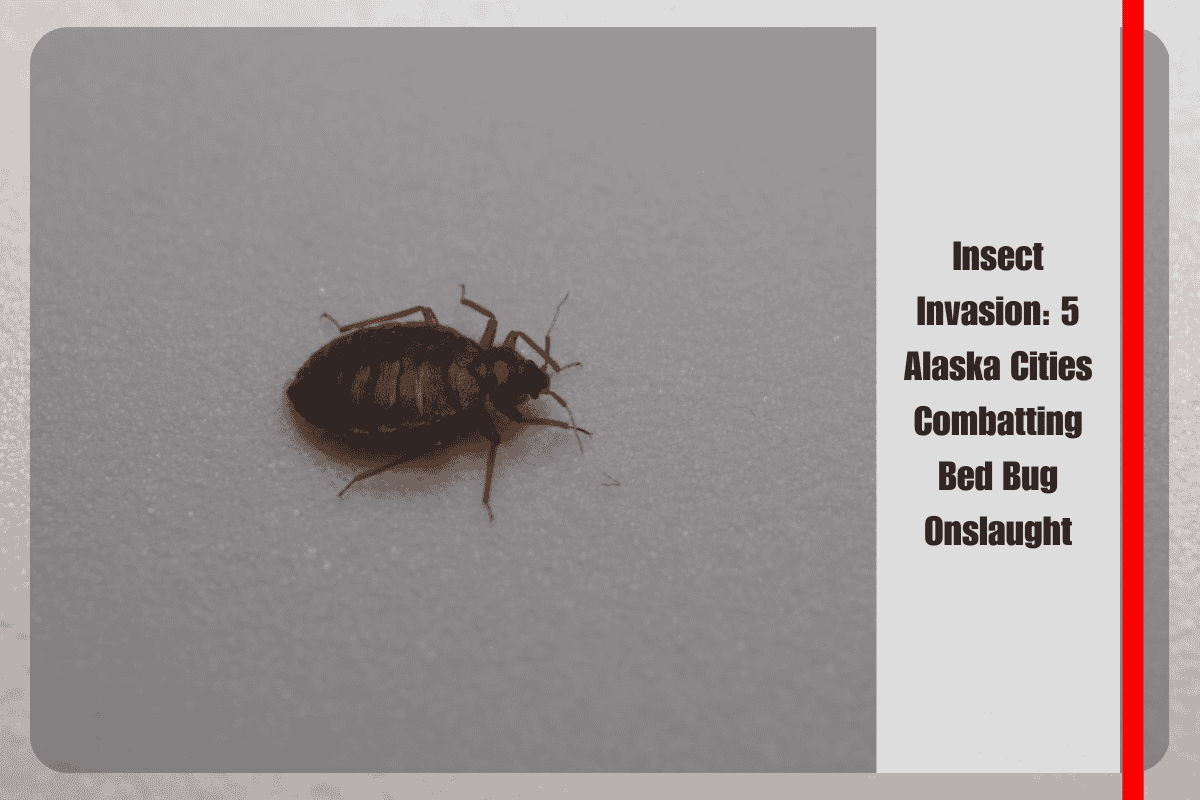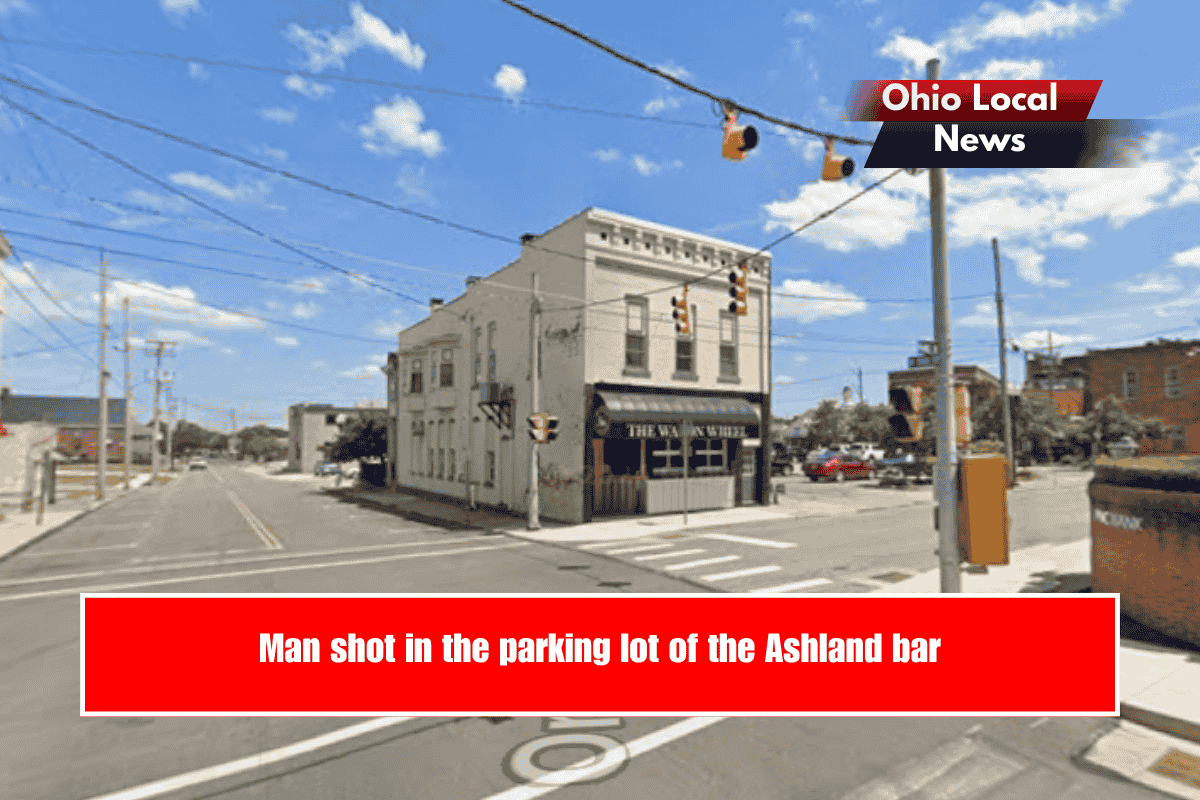Alabama is grappling with a pronounced bed bug resurgence in 2025, with several cities making national lists of the most infested locations. The bed bug problem has reached a scale where public health officials, pest control companies, and affected residents are all seeking coordinated solutions. As of mid-2025, at least five Alabama cities—Birmingham, Mobile, Montgomery, Dothan, and Huntsville—are at the center of these efforts, though they represent broader challenges faced statewide.
Birmingham has emerged as the highest-ranked Alabama city for bed bug infestations, frequently appearing in the top third of national rankings. According to recent data compiled by leading pest control companies, Birmingham is struggling with recurring outbreaks in both residential and commercial settings. The city’s dense population, prevalence of multifamily housing, and status as a transportation hub contribute to the exponential spread of these pests. Local pest control operators in Birmingham report a sustained increase in bed bug service calls over the last two years, with both high-rise apartments and older homes impacted.
Mobile is another major hotspot, ranking in the top 50 most bed bug–infested cities nationally. As with other port cities, Mobile’s status as a travel and commerce center accelerates the introduction and distribution of bed bugs. These insects are expert hitchhikers, moving effortlessly on luggage, boxed goods, and in public transport—traits that make citywide eradication difficult once a foothold is established. Hospitality businesses and apartment complexes in Mobile have intensified inspection routines and adopted proactive monitoring to limit outbreaks, but the resurgence remains a significant concern for city officials and landlords alike.
Montgomery, the state capital, also features on national infestation lists, typically occupying spots near the bottom of the top 50. Data from pest control companies points to an increase in both the frequency and extent of outbreaks, possibly due to heightened travel and shifting post-pandemic living patterns. Bed bug activity here often centers around densely populated neighborhoods and transient housing. The challenge is amplified by the bugs’ resilience and the difficulty of eradicating them using conventional methods, as they withstand many household insecticides and require specialized heat or chemical treatments.
Dothan, while smaller, has not been spared. Local accounts describe persistent bed bug problems that have proven difficult to eliminate, even after multiple professional interventions. The mobility of the local population—frequent moves, travel for work, and turnover in rental properties—means that infestations easily cross neighborhood boundaries. Reports indicate that many residents of Dothan remain vigilant but frustrated with the challenge posed by these insects.
Huntsville has likewise seen a marked rise in bed bug activity. Pest control experts there utilize advanced detection methods and aggressive treatment protocols, sometimes involving whole-building heat treatments to combat severe infestations. As with the other cities, the urban-rural mix and the presence of both new and historic housing stock contribute to the complexity of the response needed.
Across all five cities, the primary strategies involve heightened public awareness, targeted inspection campaigns in high-risk buildings, and a focus on professional heat or chemical treatments. Public health educators are urging residents to regularly inspect bedding and luggage, particularly after travel, and to report suspicious bites or sightings early. Despite these efforts, Alabama’s experience mirrors a national trend: with increased travel and changing urban dynamics, the bed bug onslaught shows no signs of abating, placing continued pressure on both city officials and individual households.
The impact of the current bed bug surge is not only economic—affecting hospitality sectors, property values, and pest management budgets—but also psychological and social, as affected individuals face stigma and disruptions to daily life. Experts agree that only a mixture of vigilant prevention, rapid response, and ongoing public education will contain the spread in Alabama’s most affected cities in the months ahead.
Sources
[1] https://953thebear.com/alabama-is-crawling-with-bed-bugs-three-cities-among-most-infested/
[2] https://www.pctonline.com/news/chicago-tops-orkins-2025-bed-bug-cities-list/
[3] https://www.orkin.com/press-room/worst-cities-for-bed-bugs-annual-rankings
[4] https://www.independent.co.uk/news/world/americas/bed-bugs-worst-cities-us-b2769587.html
[5] https://www.pctonline.com/news/pest-gnome-reports-2024-worst-cities-for-bed-bug-infestations/












